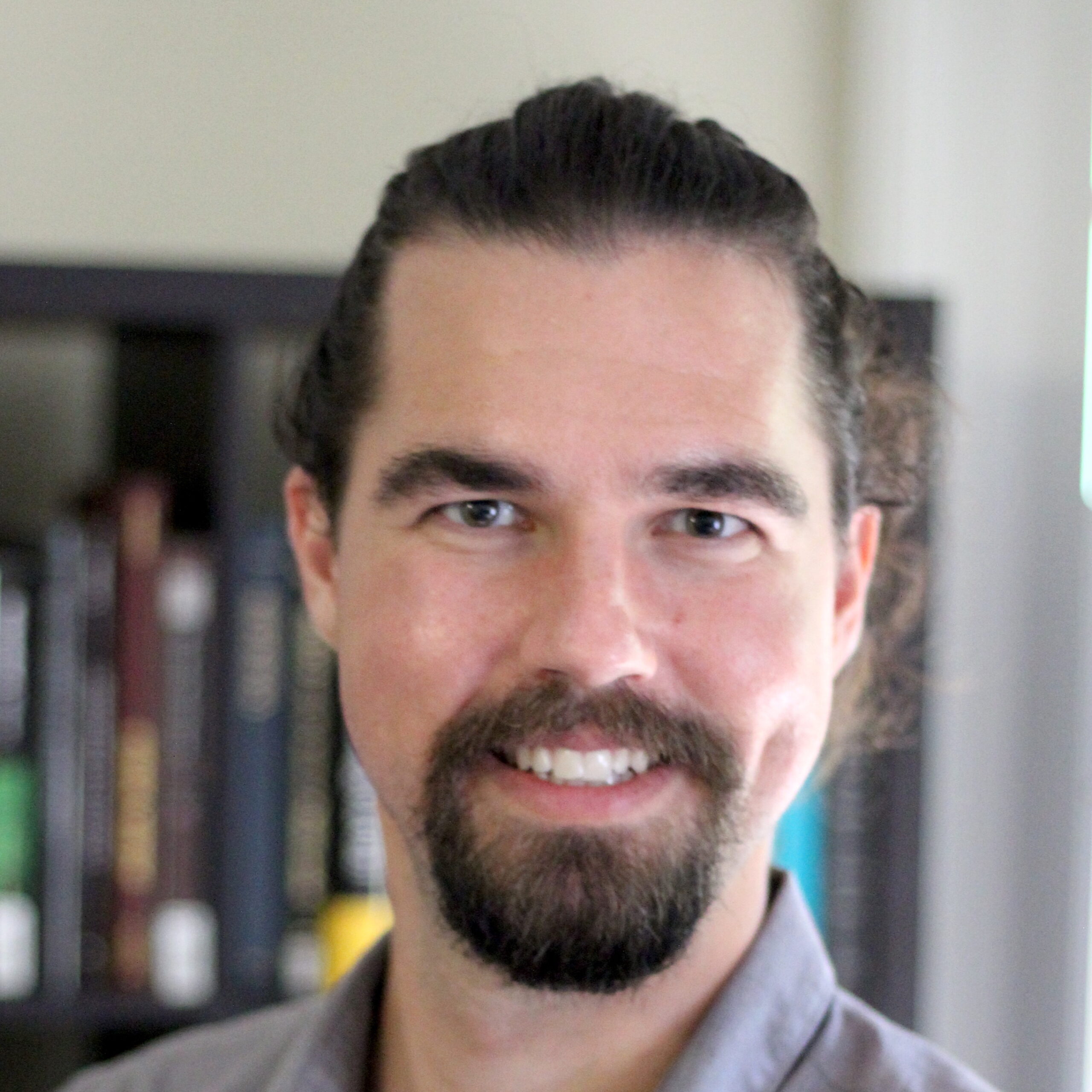Research
I’m interested in the politics of archaeology and cultural heritage in 20th-century Mexico. My current book manuscript explores the Indigenous Totonac histories silenced in the excavation of the archaeological site of El Tajín, Veracruz, Mexico. I’ve published research on relationships between archaeology and the oil industry, methods in heritage studies, and archaeological site guards in Mexico.
Teaching
As a teacher, I work to facilitate inclusion and equity through participatory pedagogy, empowering students as co-creators of their learning environments. My courses emphasize diagnostic assessment, collaborative design, and metacognitive reflection in the service of an inclusive learning environment. I’ve developed this approach in courses like Latin America: A Cross-Cultural History, History of Mexico, Cultural Heritage in Latin America, Resources and Society in Latin America, and Politics of the Past.
Public Scholarship
I’ve been working on making my research more accessible. For broader audiences, I recently published a short, English-language introduction to El Tajín on the Mainly Museums blog, and have written a bit about my research in the Isabel T. Kelly Ethnographic Archive for Southern Methodist University’s DeGolyer Library.
Para divulgar mis trabajos de investigación en la lengua española, participé en entrevistas con Daniel Salinas Córdova de Libreta Negra MX (también disponible como podcast) y el Archivo General del Estado de Veracruz. Mi participación en el conversatorio Constructores de Disciplina (con Haydeé López Hernández y Humberto Medina González) también esta disponible en YouTube.
About Me
Sam Holley-Kline is an Assistant Clinical Professor in the University Honors program at the University of Maryland. He studies the politics and history of archaeology in Mexico, with thematic interests in materiality, extractivism, and indigeneity. He received his PhD and MA in anthropology from Stanford University, and holds a BA in Spanish and anthropology from DePauw University. Holley-Kline’s research has been published in the Journal of Social Archaeology, Ethnohistory, the Journal of Field Archaeology, Archaeological Dialogues, Complutum, and Archaeologies. His field research has been supported by Fulbright-IIE, Fulbright-Hays, and Wenner-Gren grants, while his dissertation was supported by fellowships from the Stanford Institute for Research in the Social Sciences and the Stanford Humanities Center.
CV
